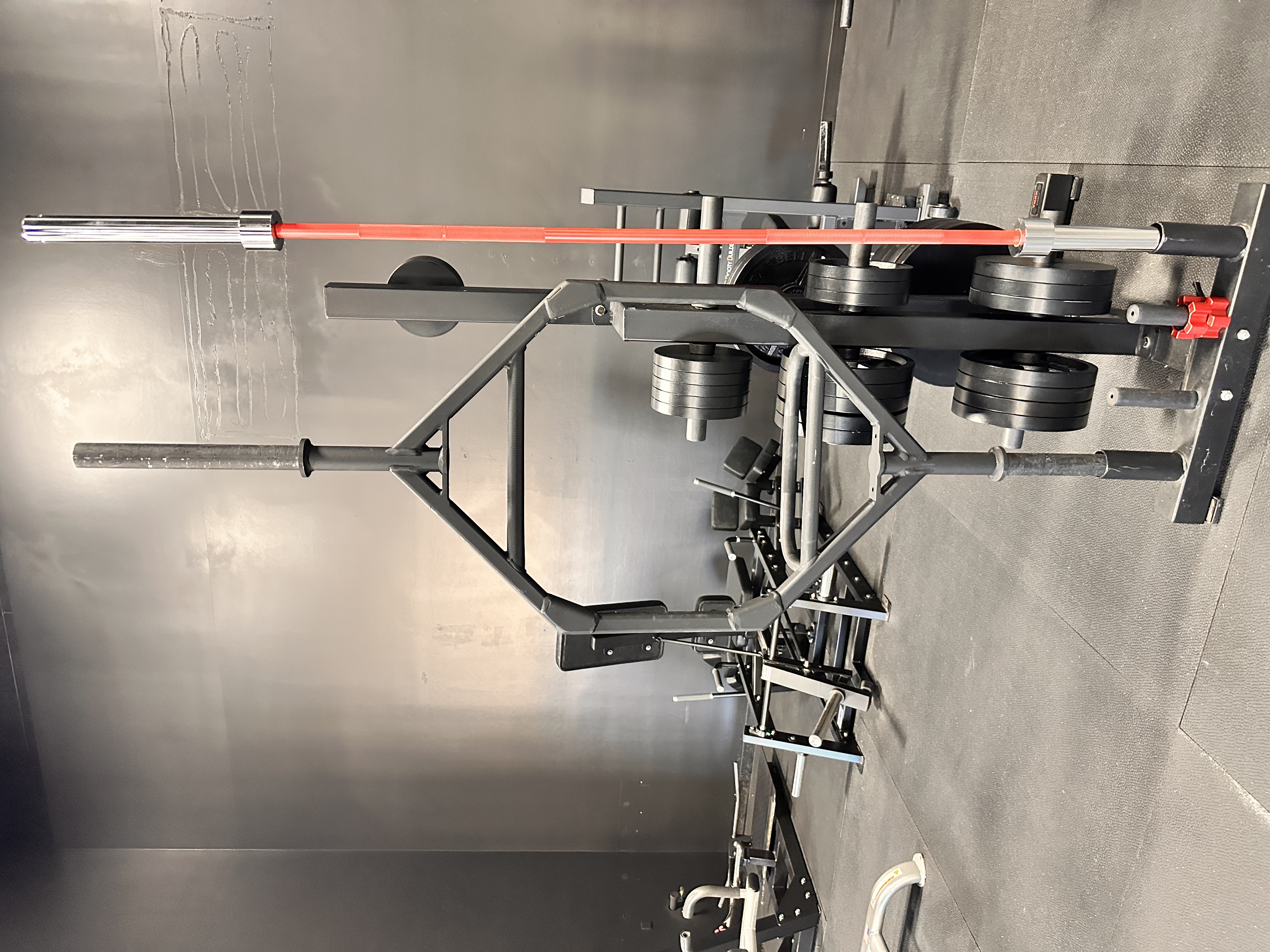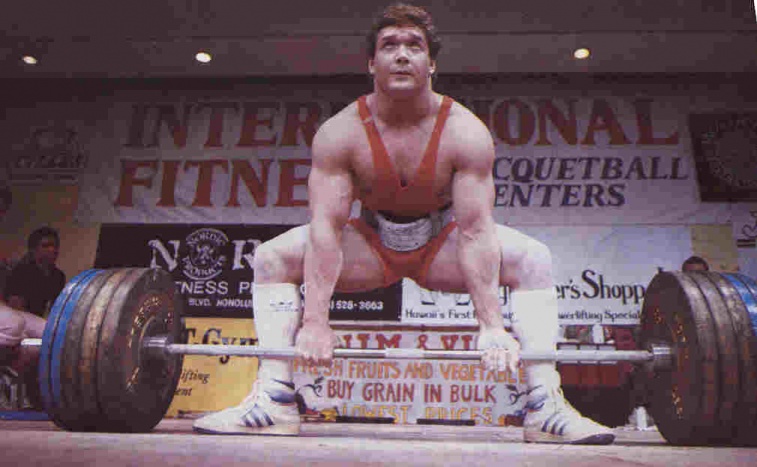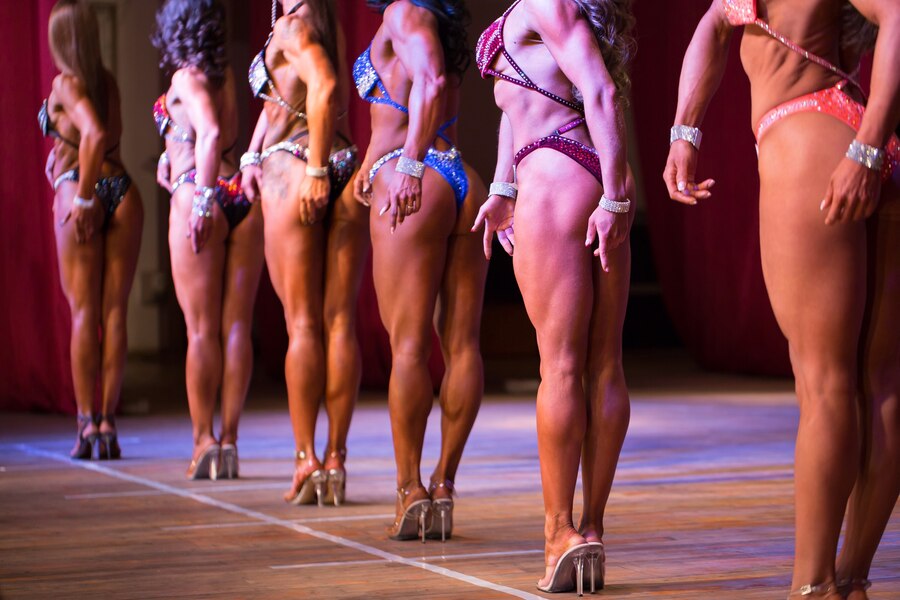The trap bar, also known as a hex bar, is a piece of strength training equipment shaped like a hexagon or trapezoid that allows the user to stand in the middle while holding handles positioned at their sides. It typically has two sets of handles: low handles at the level of the bar itself and raised handles for easier grip.

Benefits of Using the Trap Bar
- Neutral Grip: The handles enable a neutral grip, which reduces stress on the wrists and shoulders compared to traditional barbells.
- Center of Gravity: The load is centered in line with the body, reducing the shear forces on the lower back.
- Versatility: It can be used for a variety of exercises, making it a valuable tool for powerlifters and general strength training.
- Beginner-Friendly: The design promotes better posture and reduces the risk of injury for those new to strength training.
How Powerlifters Can Use the Trap Bar
While the trap bar is not typically used in competition (where a straight barbell is required), it can play an important role in training for strength and performance:
1. Deadlift Variations
- Trap Bar Deadlift: This is the most common exercise performed with a trap bar. It’s similar to a conventional deadlift but with reduced strain on the lower back and knees due to the upright posture it encourages. This can help build strength and power while minimizing injury risk.
- High-Handle Deadlift: Using the raised handles makes the lift easier by reducing the range of motion, useful for those recovering from injury or focusing on lockout strength.
2. Speed and Power Development
- Trap Bar Jumps: Performing explosive trap bar deadlifts or jumps can improve power output, useful for athletes looking to increase their explosiveness.
3. Strengthening Weak Points
- The trap bar can help target areas like the quads and traps differently from conventional deadlifts, making it an excellent tool for addressing weak points.
4. Accessory Work
- Trap Bar Shrugs: Useful for building traps and grip strength.
- Farmer’s Carries: The neutral handles of the trap bar are perfect for grip and core-strengthening carries.
- Split Stance Deadlifts: These challenge unilateral strength and stability.
5. Deload or Recovery Training
- Since the trap bar places less stress on the spine and posterior chain, it’s ideal for deloading weeks or as part of recovery-focused sessions.
Why Powerlifters Should Consider the Trap Bar
Powerlifters often rely heavily on traditional barbell lifts, but the trap bar provides a way to build strength and power with reduced wear and tear on joints and the lower back. Incorporating trap bar exercises can supplement barbell work, help overcome plateaus, and improve overall movement patterns, leading to better performance in competition lifts.


